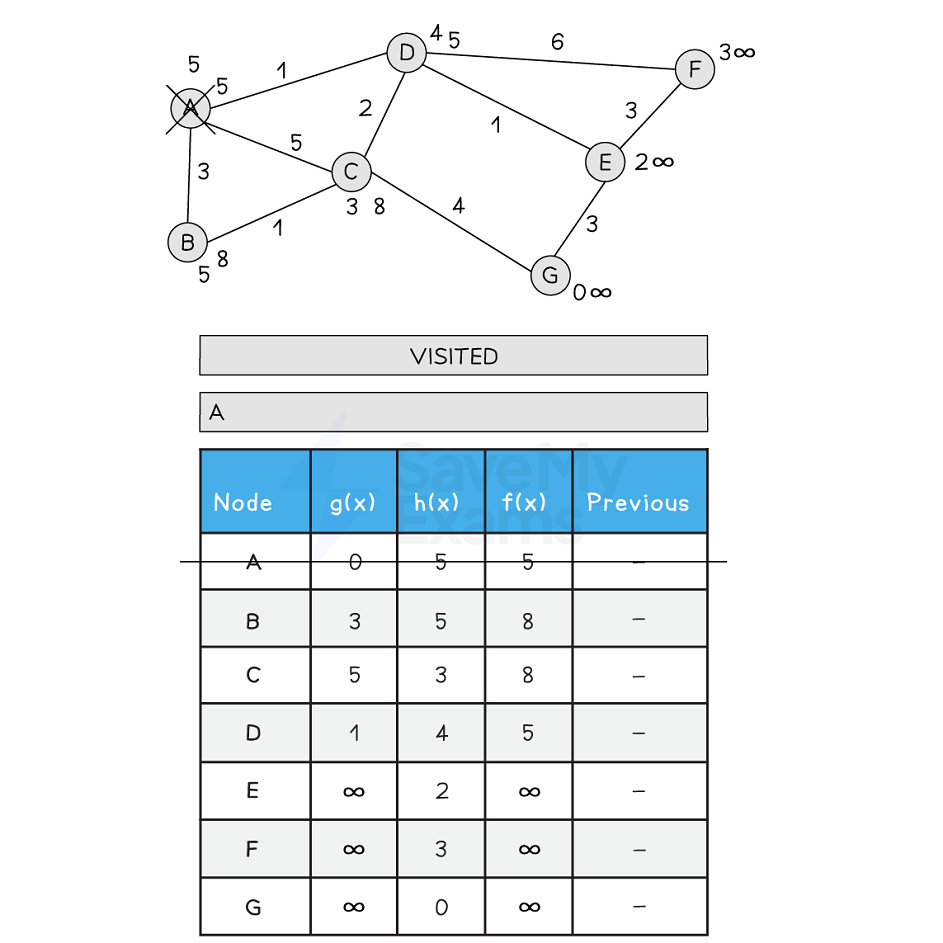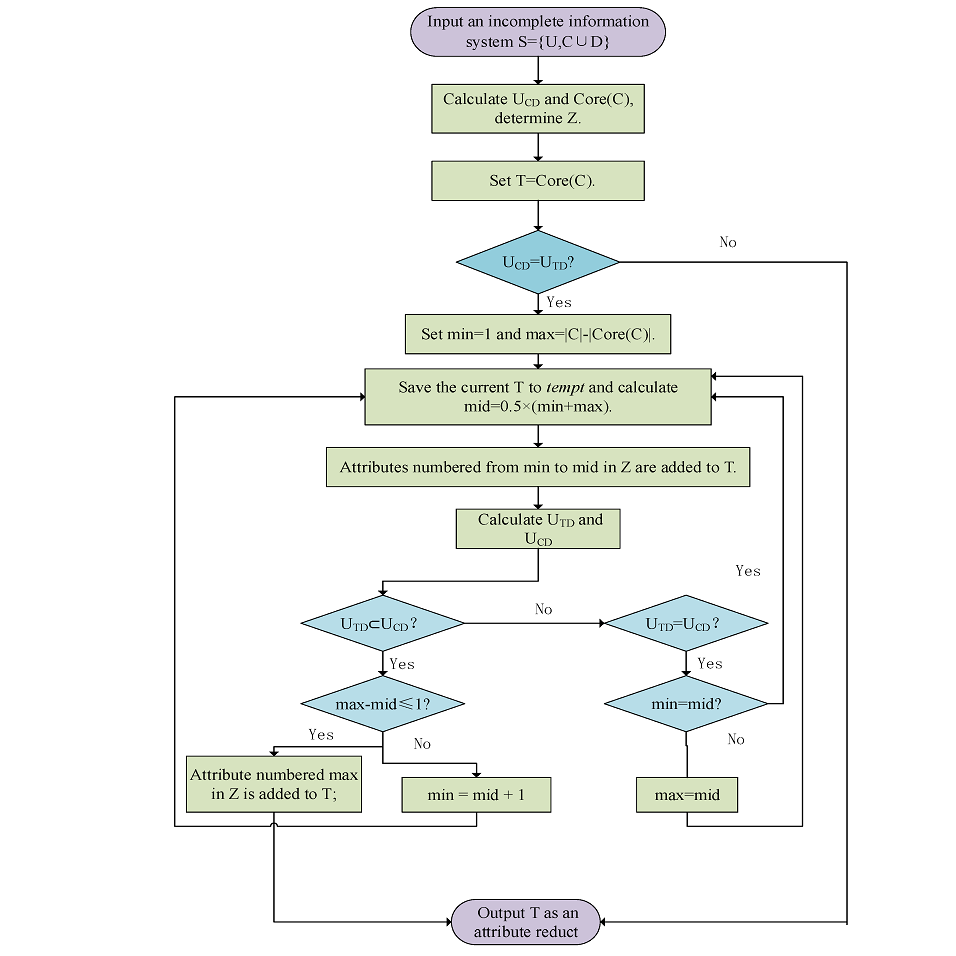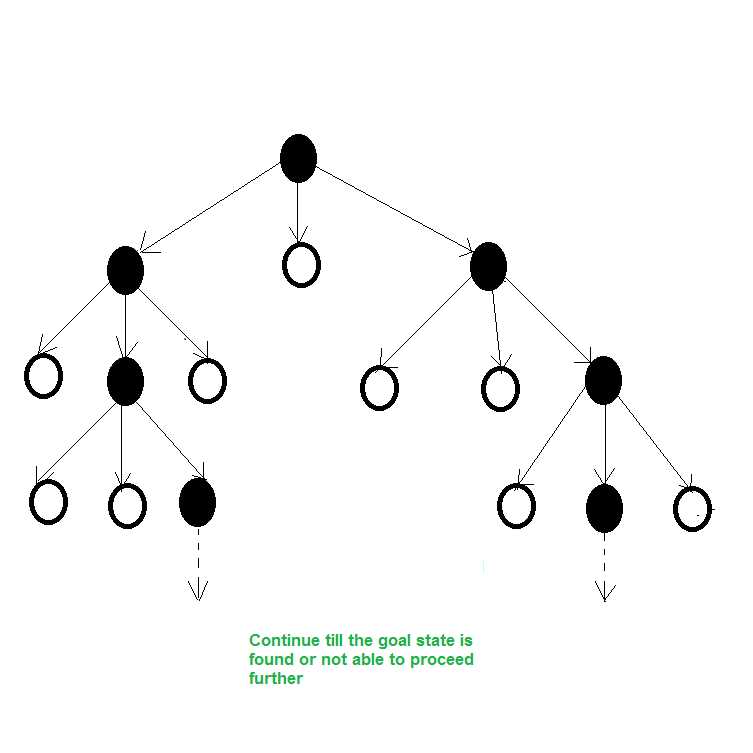Introduction to Heuristic Concepts in Computing
Heuristic methods guide computing when exact answers are unworkable. They offer a quicker, ‘good enough’ approach. The idea is to find acceptable solutions without needing to evaluate all possible options.
What is a Heuristic?
A heuristic in computing is a rule or method that helps solve problems faster than traditional methods. It’s not about perfect answers but about getting to a close-enough solution quickly. This method saves time and computational resources.
Trade-Offs in Heuristic Approaches
With heuristics, you trade some accuracy for speed. They may not give the best solution, but they give a good one quickly. This trade-off is crucial when dealing with complex or time-sensitive issues.

The Role of Heuristics in Problem Solving
In solving problems, heuristics play a critical role. They help find solutions when exact methods are impractical. This importance stems from the heuristic’s ability to trade perfection for speed, often resulting in a good-enough solution rather than the perfect one. Simply put, heuristics are shortcuts that can bring us reasonably close to the best answer, in less time.
Here are some key functions of heuristics in problem-solving:
- Speed: Heuristics provide quick solutions, making them ideal for time-sensitive or complex problems.
- Simplicity: Working through complex algorithms can be daunting. Heuristics simplify the process.
- Flexibility: These rules can adapt to various problems, showing great versatility.
- Efficiency: They take less computational power, saving resources for other tasks.
However, using heuristics isn’t always straightforward. The heuristic must fit the problem to be effective. For instance, a heuristic that works well for a routing issue may not suit a data-sorting problem. Experts need to select and adjust heuristics wisely to suit each unique challenge.
The limitations are clear though. Heuristics can lead us to an answer quickly, but not necessarily to the best one. They are based on instinct, experienced guesses, and sometimes trial and error. Users must understand the trade-offs involved and decide if speed outweighs precision for their specific problem.
Common Examples of Heuristic Algorithms
Heuristic algorithms are widely used across various computing problems. Here we explore three common examples where these algorithms offer significant advantages.
The Traveling Salesperson Problem (TSP)
For the TSP, heuristics provide simpler solutions than exact methods. The nearest-neighbor heuristic is one such example. It picks the closest city next, reducing complexity from O(n!) to O(n^2).
The Knapsack Problem
This problem is about packing the most valuable items without overloading. A greedy heuristic sorts items by value density. It picks the best items first, aiming for a high-value load under weight limits.
Search Optimization Techniques
In search optimization, heuristics speed up data finding. They apply rules to quicken searches without checking every possibility. This method is key for efficient and effective information retrieval in large databases.
The Greedy Algorithm Approach and Its Applications
The greedy algorithm is a specific type of heuristic often used in computing. It involves making the most immediate, ‘optimal’ choice at each step in the hope that these local optima will lead to a global optimum solution. Though not always perfect, this strategy is widely adopted because of its simplicity and often good-enough outcomes for complex problems.
In applying the greedy algorithm, several applications stand out:
- Pathfinding: Like finding the cheapest or fastest route to a destination.
- Resource Allocation: Assigning resources in a manner that seems best at the moment.
- Selection Problems: Choosing the most beneficial options under constraints.

These uses showcase the greedy algorithm’s adaptability across different fields. While it provides quick solutions, its effectiveness can vary, and it might not always guarantee the best result. Knowing when and how to apply it is crucial for its success. For example, in network routing or organizing tasks, it can significantly reduce complexity and provide feasible solutions promptly.
However, the greedy method can stumble when a chosen local optimum prevents reaching the global optimum. Being aware of these limitations allows computer scientists to pair greedy algorithms with other strategies or to employ them in situations where the risks are manageable and the need for speed is critical.
The Trade-Offs and Limitations of Heuristic Algorithms
Heuristic algorithms often balance speed with accuracy. They provide quick yet approximate solutions to complex problems. The advantage lies in addressing issues that would take too long to solve exactly. However, this swift approach comes with downsides.
Here are some key trade-offs and limitations to consider:
- Accuracy vs. Speed: Heuristics prioritize speed over finding the perfect solution. This can mean settling for a result that’s good, but not the best.
- Complexity of Problems: Some problems are too intricate for heuristics. They might find a solution, but it could be far from optimal.
- Risk of Local Optima: Heuristics, especially greedy ones, may get ‘stuck’ on a local optimum. This can block the path to a better, global solution.
- Need for Expertise: They require a deep understanding of the problem. Without it, selecting the right heuristic becomes a challenge.
- Adaptability: While versatile, heuristics don’t fit all problems. Users must tailor them to specific scenarios, which can be tough.
In summary, while heuristic algorithms are powerful tools, they’re not failproof. They work best when users carefully weigh their pros and cons against each problem’s demands.
Comparing Greedy and Heuristic Algorithms: Key Differences
When exploring solutions to complex problems, understanding the distinctions between greedy and heuristic algorithms is crucial. Both are methods to reach a solution rapidly, yet they differ in their approach and applications. Here are some key differences:
- Greedy algorithms focus on local optima at each step, hoping it leads to a global optimum. Heuristic algorithms consider the broader problem, aiming for a suitable solution even if it’s not the best possible.
- Greedy approaches make decisions based on available data, without looking ahead. Heuristics may use rules of thumb or past experience to guide the solution process more broadly.
- Greedy methods can be quicker to implement but may miss out on better solutions. Heuristics take a bit more time but tend to provide more flexible and often more efficient solutions.
- The applications of greedy algorithms are often more specific. Heuristic methods have a broader range of use, from optimizing complex algorithms to guiding artificial intelligence.
In summary, greedy algorithms make a series of local optimum choices. Heuristic algorithms apply flexible strategies to find good-enough solutions. Knowing these differences helps in selecting the right approach for solving a problem effectively.
Real-World Applications of Heuristic Approaches
Heuristic strategies extend beyond theoretical problems to practical, real-world uses. These approaches adapt to various sectors, proving their flexibility and value in numerous applications. Here are a few key real-world scenarios where heuristic techniques are instrumental:
- Navigation Systems: Modern GPS tools use heuristics to calculate routes swiftly. They pick the quickest or least congested paths, saving time for travelers.
- E-commerce: Websites suggest products using heuristics that analyze shopping habits. This boosts user experience and increases sales.
- Video Games: Game AI often relies on heuristics to make decisions. This makes opponents challenging and games more engaging.
- Energy Management: In smart grids, heuristics help balance energy supply and demand. This optimizes resource use, cutting costs and emissions.
- Healthcare: Diagnostic tools apply heuristic rules to interpret symptoms and tests. This aids in quicker, often life-saving, medical decisions.
By employing heuristic methods, these applications achieve efficient, real-time problem solving. These examples show how crucial and widespread heuristics are in our daily lives, from driving to shopping online.
Conclusion: The Impact of Heuristics on Modern Computing
As we wrap up our exploration, it’s clear that heuristics play a vital role in computing. They offer fast, ‘near-enough’ solutions where others might stall. In real terms, they shape the tech that powers our daily life. From quick route calculations in GPS to e-commerce suggestions, heuristics are everywhere.
Their main impact lies in efficiency and resource management. By avoiding exhaustive searches, they save time and computing power. This allows for more tasks to be handled simultaneously. Plus, in AI, heuristics enable smarter and faster decision-making processes. Yet, users must weigh speed gains against the potential for less precise results.
The versatility of heuristic methods cannot be overstated. They adapt to various problems with ease. Still, they require insight to be effective. Not all problems suit a heuristic approach. For those that do, the benefits can be immense.
In closing, heuristics in computer science are not just problem solvers. They are enablers of progress, allowing us to tackle challenges once thought insurmountable. Their use will continue to evolve, driving innovation in countless fields of computing.

